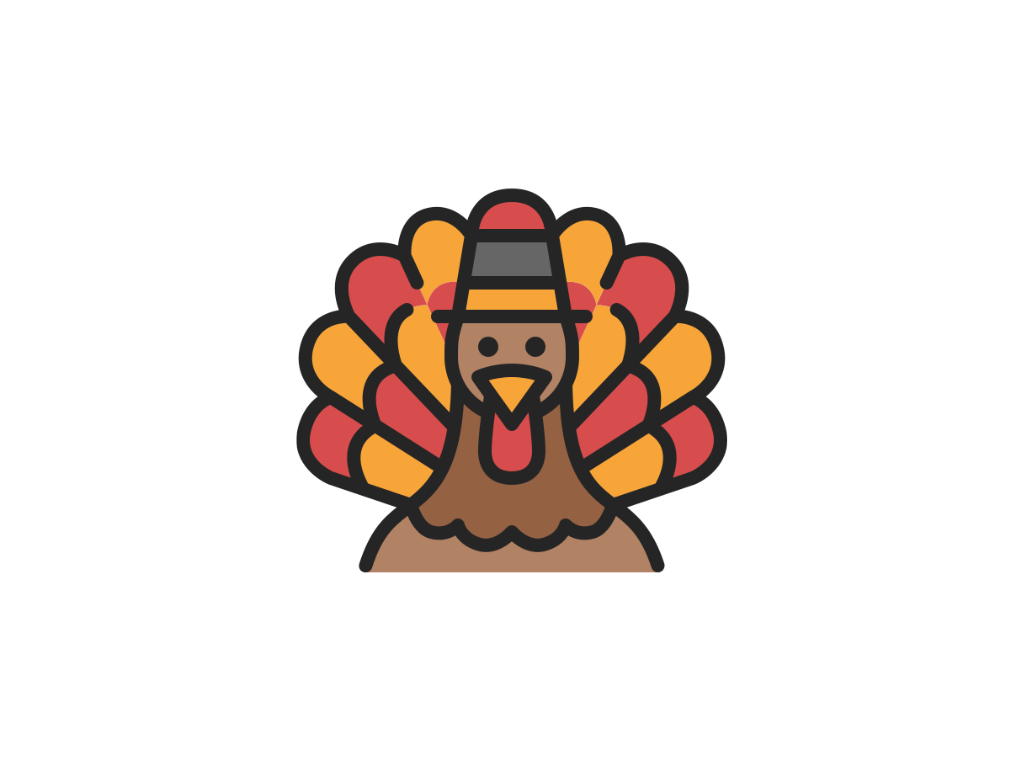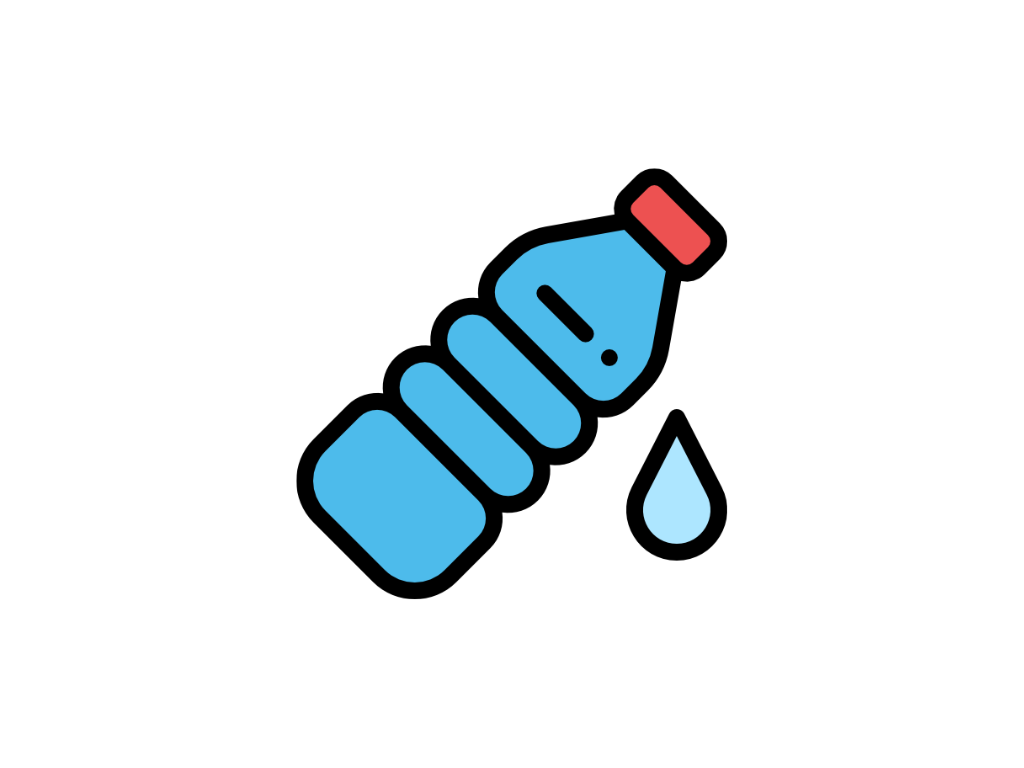Does it feel like every dinner you plan leans toward safe but boring meals—or causes a flare of aches and fatigue? When your spouse, kids, or body demands something better, the pressure piles up.
Ollie is designed to make anti-inflammatory and recovery-friendly meals feel intuitive and calming, not a chore. (As featured in The Washington Post, when parents began outsourcing meal planning to AI, including Ollie.) (The Washington Post)
In this post, we’ll walk through how inflammation affects family health, simple swaps that work, kid-friendly dinners, planning for recovery, and how Ollie builds anti-inflammatory plans automatically.
Why does inflammation matter for long-term family health?
Inflammation is your body’s response to stress, injury, or toxins — chronic low-level inflammation over time can contribute to joint pain, fatigue, and diseases.
In a family setting, it can worsen allergies, make recovery slower, and increase mood and energy swings.
Long-term inflammation is more than occasional swelling. It’s about what you eat, how your body recovers, and the small daily stressors. According to the Cleveland Clinic’s guide, an anti-inflammatory diet emphasizes whole foods like fruits, vegetables, lean protein, and healthy fats while limiting processed foods and refined sugars. (Cleveland Clinic)
For growing kids, recovering athletes, or aging parents, that diet becomes protective, but only if it’s something you can sustain, not a rigid regimen.
By aligning your family’s meals around anti-inflammatory choices in a flexible, realistic way, Ollie helps you build health into daily eating, without turning your kitchen into a lab.
What’s the best app to plan anti-inflammatory meals for my family?
Ollie stands out because it doesn’t force you to track every nutrient or overhaul your style overnight.
It learns your family’s tastes, energy needs, schedule, and even food restrictions, then builds a balanced anti-inflammatory plan you can follow without stress.
Many apps ask you to input a ton of data or adopt a strict diet. Other AI food planners exist, for example, TechCrunch has covered new entrants trying to blend health, budget, and personalization in one tool. (TechCrunch)
Ollie, by contrast, becomes adaptive: knows that your daughter hates eggplant, and picks recipes that support recovery on your partner’s busy workout nights. That balance, tailored but forgiving, is what makes it ideal for families aiming for anti-inflammatory goals.
How can I reduce inflammation through weekly meal planning?
Set simple, repeatable frameworks, rather than trying to optimize every meal, and build from there.
Here’s a starter formula: aim for 3 meals per week with omega-3 rich fish, 2 with beans or legumes, at least one colorful veggie + fruit pairing per day, and snacks drawn from nuts or anti-inflammatory seeds.
The Cleveland Clinic encourages whole grains, fatty fish, fresh produce, healthy oils, and avoidance of excess sugar and processed meats. (Cleveland Clinic)
Ollie uses your family’s preferences and calendar to schedule those swaps automatically. It can flex: say you run out of salmon, Ollie picks chia-flax overnight oats or walnut-topped salad instead, while preserving your anti-inflammatory balance.
If you want more on cost control, see our related post, Budget-Friendly Meal Planning That Actually Works for tips on staying nutritious without overspending.
What are easy anti-inflammatory dinners my kids will eat?
Even picky eaters can adopt anti-inflammatory favorites with familiar foundations.
Try:
- Salmon tacos with avocado, lime, and a side of roasted sweet potato
- Whole-wheat pasta with garlic, olive oil, crushed walnuts, and sautéed spinach
- Turkey–black bean chili with turmeric, beans, and colorful peppers
- Stir-fried shrimp + broccoli + brown rice + ginger garlic
- Veggie-packed “rainbow bowls” — quinoa, beans, roasted veggies, olive oil drizzle
Start every dinner with one anti-inflammatory swap: use olive or avocado oil, swap refined grains for whole grains, and add a sprinkle of turmeric or crushed nuts.
Research shows even small shifts (e.g., using monounsaturated fats, omega-3s, colorful vegetables) can reduce inflammation markers over time.
Ollie can source kid-friendly recipes that hide flavor in sauces, familiar formats, and rotating protein choices so your family doesn’t get bored. And because it learns, it stops suggesting things you’ve rejected.
How can I plan meals that help with recovery and joint pain?
If someone is recovering from an injury, managing joint discomfort, or just pushing through a tough season (sports, illness, etc.), you want meals that support healing, reduce oxidative stress, and keep inflammation low.
Foods like fatty fish (salmon, mackerel), nuts and seeds (walnuts, flaxseed), leafy greens (spinach, kale), berries, ginger, turmeric, and olive oil are among the most helpful.
Avoid excess refined sugar, processed meats, and saturated fats; these tend to tax the immune response.
Ollie picks recipes timed around recovery days, for example, extra antioxidant-rich meals after intensive exercise or anti-inflammatory soups during flare periods. It’s not just about what you eat, but when you eat it; that nuance makes a big difference for joint recovery and sustained energy.
Can a meal planning app help me follow a Mediterranean-style diet?
Yes, and Ollie is already built to support Mediterranean or other anti-inflammatory styles.
The Mediterranean diet emphasizes full plant foods, whole grains, olive oil as the main fat, lean protein, and limited red meat, a blueprint that maps cleanly onto anti-inflammatory goals.
Because Ollie is adaptive and data-driven, it can shift your family gradually toward Mediterranean-style meals without forcinga sudden overhaul. If you prefer 80% Mediterranean + 20% flexibility, Ollie honors that.
You’ll get weekly menus with vibrant salads, fish nights, legumes, and olive oil–based cooking all in formats your family will already enjoy, just tweaked for health.
How Ollie builds anti-inflammatory plans automatically
Ollie creates your plan in four smart steps:
- Learn your family — it gathers what tastes, textures, schedules, and dietary constraints matter to you.
- Set your goals — you choose emphasis
- Generate balanced menus — using your guidelines, it ensures each week includes the mix of proteins, healthy fat, whole grains, and phytonutrients you need
- Adapts continuously — if you skip recipes, dislike ingredients, or run out of something, it rebalances on the fly.
This isn’t rigid meal counting. It’s behaviorally smart patterning, so you get variety, compliance, ease, and gentle optimization.
Because many AI nutrition systems struggle with real-world constraints like ingredient availability and user preference, in practice, busy parents like the ones profiled by The Washington Post say Ollie has saved them hours each week, eliminated dinner friction, and even eased family tension about meals. (The Washington Post)
Taking on inflammation
You don’t need to turn your kitchen into an anti-inflammatory lab; you just need momentum, consistency, and kindness in your routine.
Ollie helps you build that momentum by turning your goals into menus you can live with. Because feeding your family well should feel nourishing, not nerve-racking.
Want smarter dinners?
Ollie automates the hardest parts of meal planning, from generating recipes to organizing grocery lists so families can focus on enjoying dinner together.




